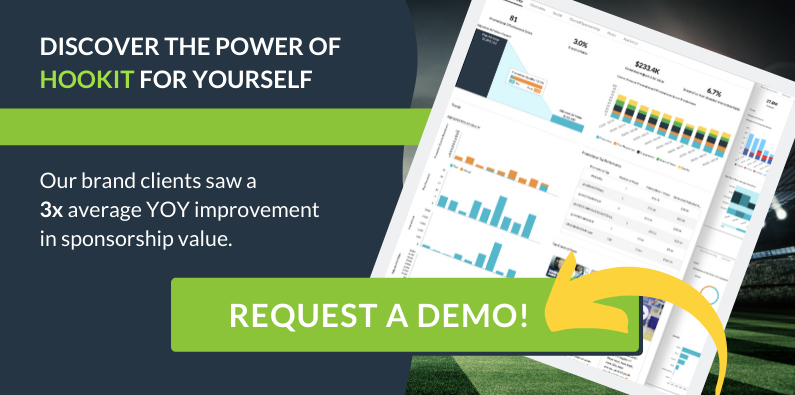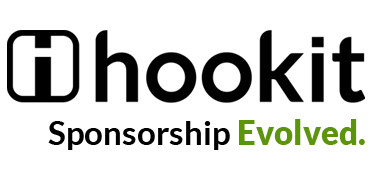What Metrics Count When Measuring Brand Sponsorship ROI?
How Can Brands Maximize ROI?
How can brands maximize sponsorship ROI? By answering this question brands will be able to make smarter decisions on which ambassadors to invest in. When brands look for potential partners for their sponsorship campaigns, the determination of success always boils down to their Return on Investment, or ROI. Determining the best way to maximize ROI can be difficult, but luckily there are certain metrics that are crucial for predicting ROI. In this article, we will detail what metrics brands need to be looking at in order to make smart sponsorship decisions.
Metrics That Matter

Engagement – One of the biggest factors in determining how effective a promoter is, comes from their engagement. Total engagement measures how many interactions an influencer gets on all of their posts combined. More engagement means more people interacting with the brand, which means higher brand awareness and recognition. When an ambassador has high total engagement, it means a lot of people are interacting with their promoted posts, which is good, though it does not mean they have the most engaged followers. Someone who has more followers or posts more often is going to have more total engagement than someone with less of each.
Sometimes, in order to see who has more engaged followers, we need to look at the engagement rate – the percentage of followers that engage on a post. A higher engagement rate means that influencer is more engaging in proportion to their total followers. It is also important to note that someone with over 1M followers will have a tougher time keeping every single follower engaged than someone with a smaller number of followers.

Followers – Follower metrics are another piece of the puzzle that is extremely important. If an influencer has a lot of followers, it means their reach is going to be very wide and they can showcase a brand to more people. Total followers is a critical metric to look at in conjunction with engagement. If you have a lot of followers and they are engaging, that is great, but someone who has a lot of non-interacting followers isn’t going to be as valuable as someone who has fewer followers but can make up for it with more engaging content. Another metric to look at is follower growth. Is an influencer gaining or losing followers? High growth rates are synonymous with a rapidly growing social figure that could make for a smart investment before they reach their peak. It also might mean an influencer is suddenly becoming more popular and will thus be more valuable as a promoter going forward.
Looking at growth rates can alert brands to certain trends that might need to be capitalized on or even avoided if someone is losing followers. A subsection of follower metrics is audience data. Tracking data such as follower age, income, geographic location, interests, and so forth will help a brand know if an ambassador will be sufficient in reaching their target audience. Each brand is different and not all followers are the same so knowing which followers to target will help in determining if one influencer will return a higher ROI than another.

Post Quality – Another crucial metric to determining ROI is post quality. For more on what makes a high quality branded post, read through the linked page on the Hookit website. Higher quality posts will return a higher ROI because when people see a quality post, the brand logo will be easily visible to more people and it will resonate better with the target audience. One influencer could have a ton of followers and decent engagement, but if no one can see a brand’s logo clearly, it will not be as valuable.

Frequency – The number of times a promoter is posting can be just as valuable as the actual post itself. An influencer can be a stellar promoter but if they aren’t promoting enough, then they aren’t going to be as valuable as they could be. This can go the other way as well, posting too much can wear out the audience. By posting just the right amount, viewers will have a steady dose of brand promotion that is optimal.

Adjusted Ad Value – Adjusted Ad Value is a key metric, calculated by taking the max value of a post and deducting a percentage of value based on the promotion quality. Adjusted Ad Value can show brands exactly which posts are worth what, and by looking at these metrics, brands can pinpoint where they are gaining and losing ROI so that improvements can be made going forward.
Piecing It All Together
Brands need to maximize ROI and there are metrics that must be looked at in order to make that happen. Hookit provides an in-depth analysis of all of the metrics discussed above and then some. By having an accessible way to track and measure these metrics for benchmarking purposes, brands will be more successful in their sponsorship campaigns. ROI will be maximized by properly evaluating these metrics and implementing strategies based on what the data says.



